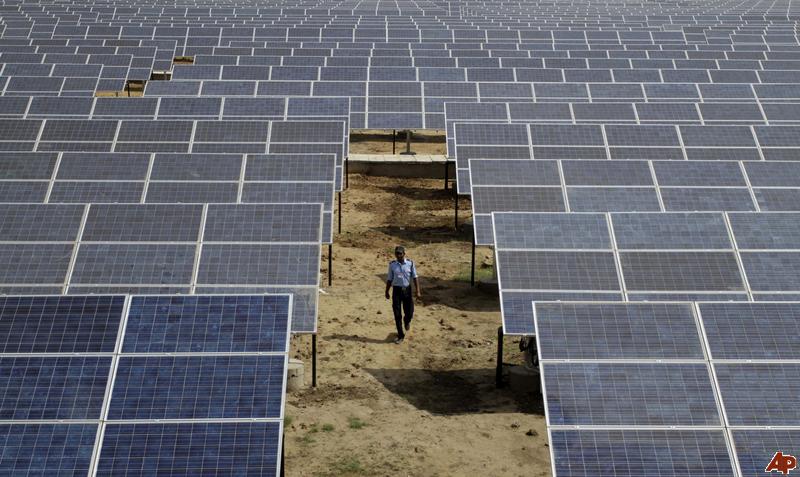A new report has credited the renewable energy policy mechanisms of developing nations as the main drivers of recent growth in renewables, which last year accounted for more than 56 per cent of net added global power capacity.
The Renewables 2014 Global Status Report, released on Thursday by the Renewable Energy Network for the 21st Century (REN21), finds that the number of developing countries with policies supporting renewable energy expansion has grown more than six-fold in just eight years – a shift that has seen countries like Uruguay, Costa Rica, Vietnam, Kenya and Mauritius join the renewables ranks of the US and China.
“Aided by continuing technological advances, falling prices, and innovations in financing – all driven largely by policy support – renewables have become increasingly affordable for a broader range of consumers worldwide,” the report notes, adding that in even more countries, renewable energy is considered crucial for meeting current and future energy needs.
As the table below shows, Uruguay lead the world in 2013 for investing the greatest amount in renewable power and fuel as a share of its GDP (2012), followed by Mauritius, Costa Rica, South Africa and Nicaragua. Brazil was a top five investor in solar hot water systems and hydropower capacity, as well as biodiesel and ethanol fuel production.

WWF Asia-Pacific energy policy manager, Raf Senga, says the dominance by developing countries demonstrates a growing recognition that renewables are a key strategy in securing sustainable energy networks and economies.
“The increasing cost competitiveness of renewables combined with their climate, health, socio-economic co-benefits have permeated the energy discourse, even in the not so well-off societies,” Senga said.
“Financial institutions, that are so crucial in achieving a tipping point in energy investment away from fossil fuels, should take heed and seize the massive opportunities that the fast-growing renewable energy industry offer.”
 The report spotlights the Latin America and Caribbean (LAC) region, noting its ambitious targets and policy support for renewables beyond the traditional hydropower sector.
The report spotlights the Latin America and Caribbean (LAC) region, noting its ambitious targets and policy support for renewables beyond the traditional hydropower sector.
By early 2014, at least 19 countries in the region had renewable energy policies, the report says, and at least 14 had renewable energy targets, mostly for electricity generation.
Uruguay, for example, aims to generate 90 per cent of
its electricity from renewable sources by 2015, while
Grenada has targeted 20 per cent of primary energy from renewables by 2020.
Other highlights of the report included confirmation that, for the first time, more solar PV than wind power capacity was added worldwide in 2013; and that new solar PV installations increased by more than 27%, despite a decline in investment of nearly 22% relative to 2012.
Elsewhere, China, the US, Brazil, Canada, and Germany remained the top countries for total installed renewable power capacity, while in China, new renewable capacity surpassed new fossil fuel and nuclear capacity for the first time.
In the 100 per cent renewable ranks, Djibouti, Scotland, and the small-island state of Tuvalu added their names to a growing list of countries planning to derive all of their electricity from renewable sources by 2020.
And global new investment in renewable power and fuels was at least $US49.4 billion in 2013, down from its record level in 2011.








